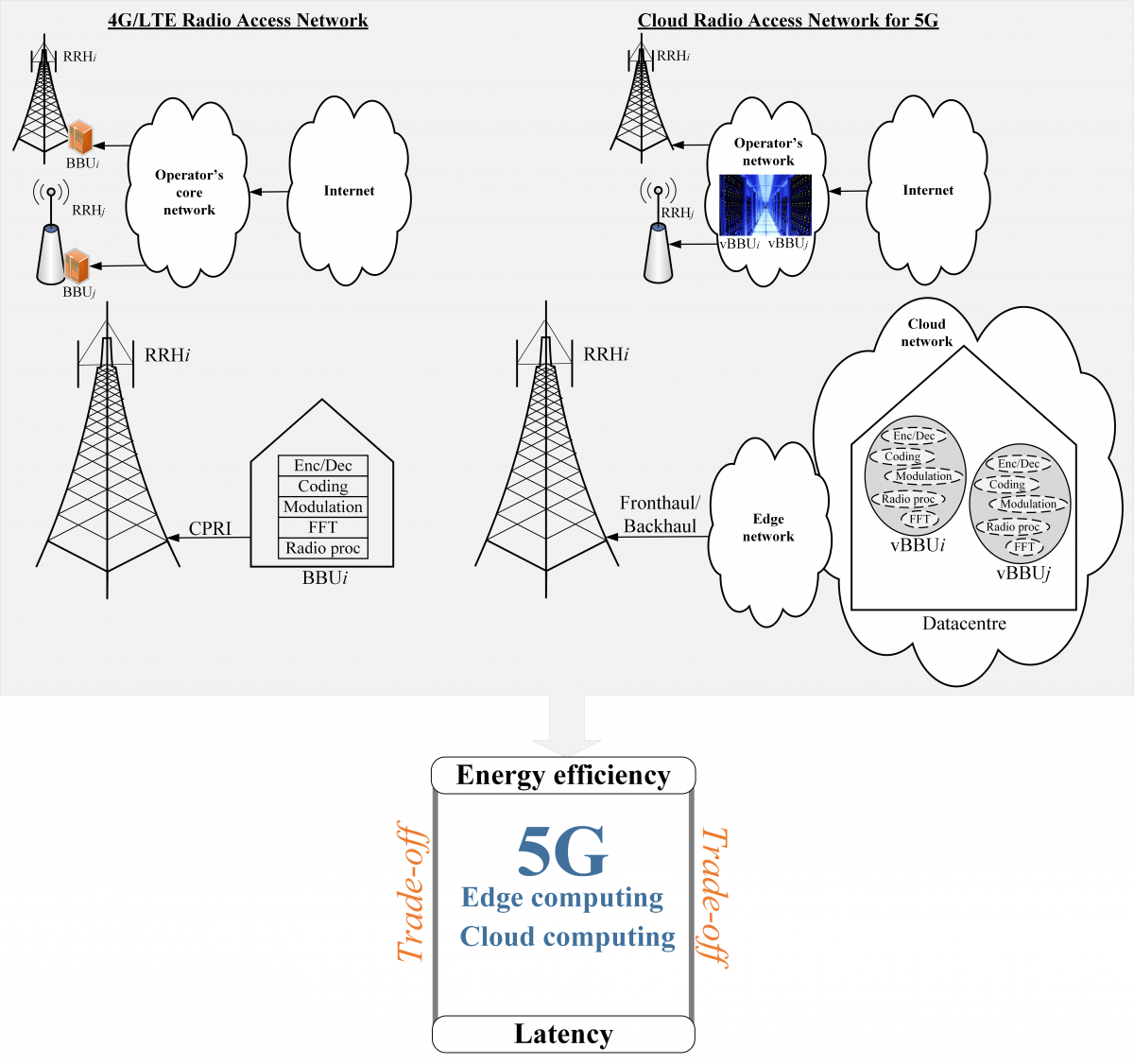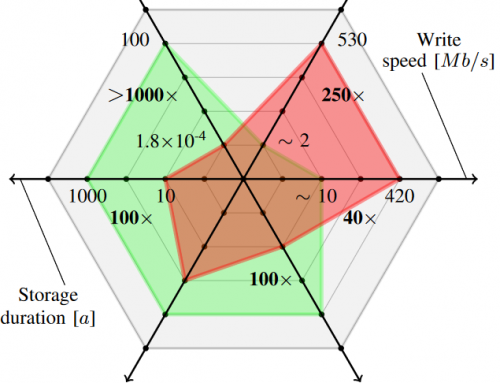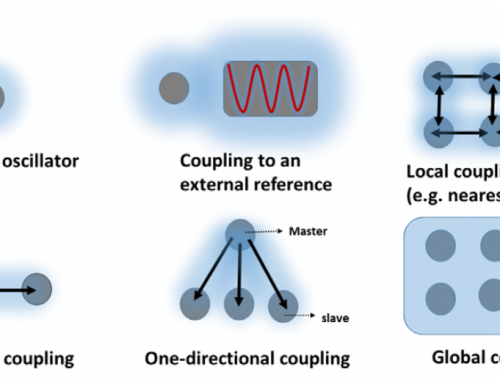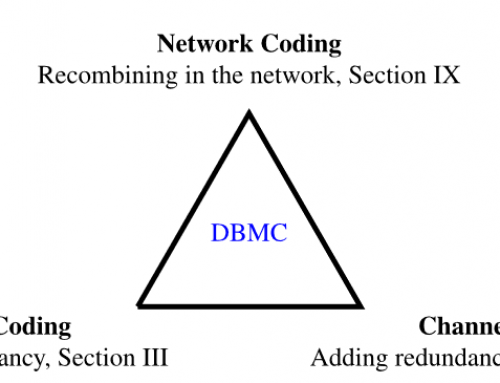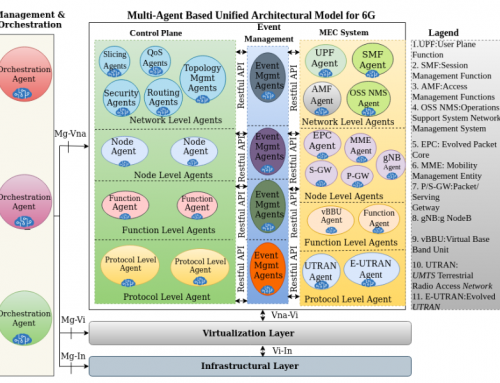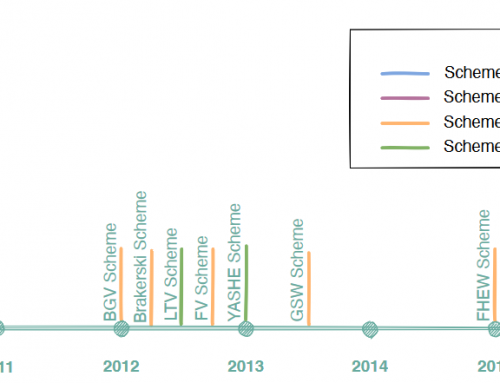Abstract:
Future generation networks will entirely deploy virtualization paradigms to enhance performance and capabilities of current cellular networks. In order to achieve the vision of fifth-generation networks, software-defined networking and network function virtualization will be applied not only at the core network but also at the radio access network. That will help to achieve significant reduction in power consumption while increasing energy efficiency, flexibility, and scalability. This article proposes a general mathematical model that can correctly and accurately describe spatial/topological characteristics, power consumption, and latency of Cloud radio access network in future generation networks. Thanks to the development of this novel model based on stochastic geometry, tessellation theory, and random multilayer hypergraphs, we can numerically estimate the overall energy efficiency (in bit per Joule) of Cloud radio access network in 5G (considering either edge or cloud computing), and we can compare that to energy efficiency of legacy radio access network of current 4G cellular networks. Moreover, the analysis includes a preliminary discussion about latency; that shows edge computing to be the best paradigm for 5G radio access network, which can concurrently satisfy energy efficiency and latency requirements.

